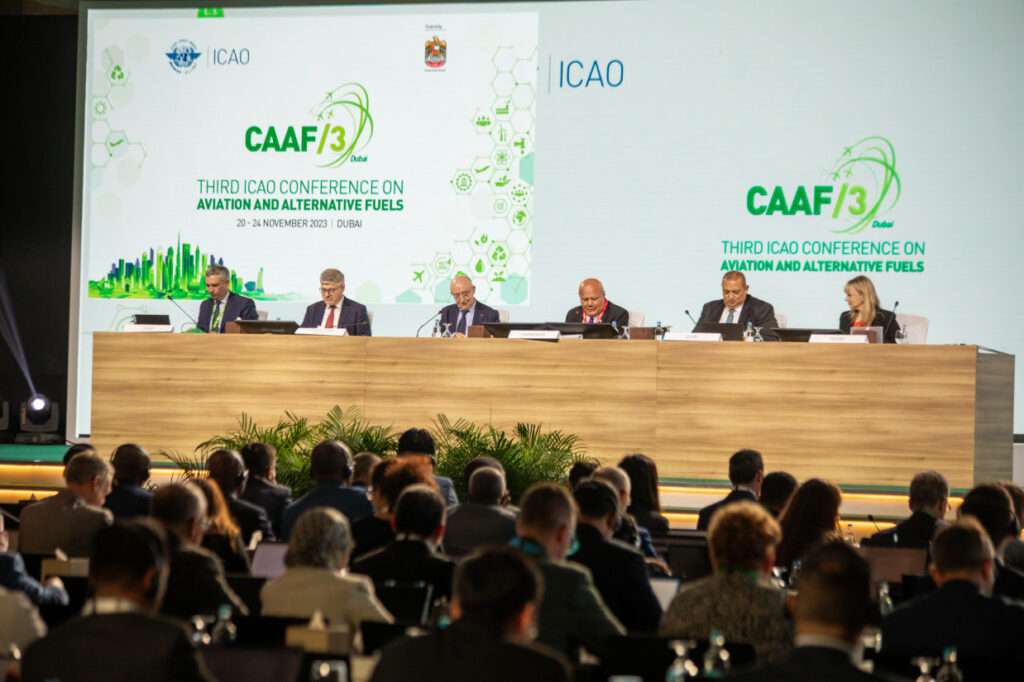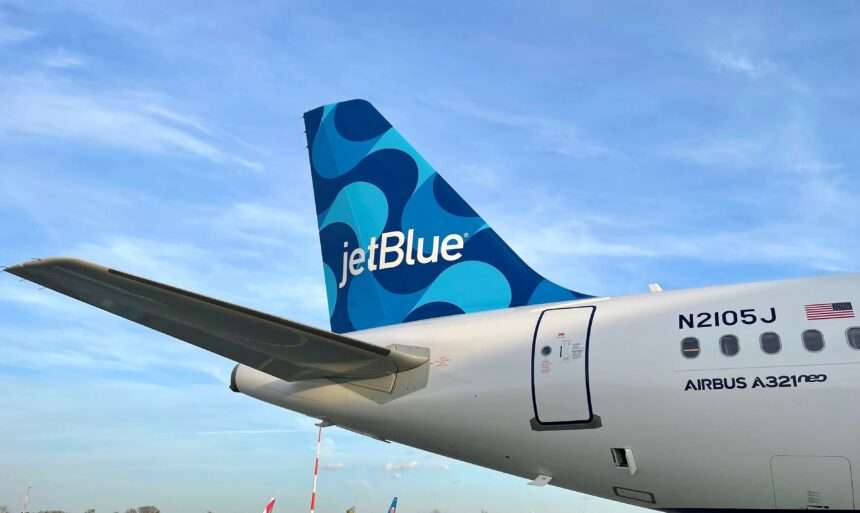Last week at the Third ICAO Conference on Aviation and Alternative Fuels (CAAF/3) in Dubai, the international aviation sector charted a course for accelerated decarbonization and clean energy transition.
From November 20 to 24, 2023, stakeholders including ICAO and its member states, embarked on a mission to redefine the future of aviation by adopting the ICAO Global Framework for Sustainable Aviation Fuels (SAF), Lower Carbon Aviation Fuels (LCAF), and other Aviation Cleaner Energies.
The Vision for Clean Energy Transition
The heart of the framework lies in a collective vision, a shared commitment to reducing CO2 emissions in international aviation by five percent by 2030, a significant stride toward a zero-emission aviation future.
This ambitious goal not only underscores the industry’s dedication to environmental sustainability but also serves as a rallying point for nations worldwide.
To ensure the success of this visionary endeavor, the framework establishes harmonized regulatory foundations.
[monsterinsights_popular_posts_inline]

These foundations serve as the bedrock for a seamless transition to cleaner aviation fuels. The emphasis is on creating a consistent and predictable environment for stakeholders, both within and beyond the aviation sector.

Implementation Initiatives
Realizing the vision necessitates more than lofty aspirations—it demands concrete action. The framework places a spotlight on supporting implementation initiatives. By doing so, it aims to bridge the gap between intention and execution.
This strategic move acknowledges that the road to sustainable aviation is paved not only with good intentions but also with well-executed plans.
Recognizing the financial intricacies involved, the framework addresses the need for improved access to financing.
It ensures that no country is left behind, recognizing the diverse economic landscapes of member states. This financial inclusivity is crucial to propel the aviation sector toward a sustainable and greener future.
National Timeframes
Understanding that one size does not fit all, the framework wisely refrains from imposing specific obligations or commitments on member states.
Instead, it acknowledges that each state possesses unique circumstances and capabilities. This approach allows nations to tailor their contributions within their national timeframes, fostering a collaborative yet individually tailored effort.
A Message from ICAO Council President
ICAO Council president Salvatore Sciacchitano emphasizes the framework’s role in providing clarity, consistency, and predictability to stakeholders.
This includes not just those within the aviation sector but also external players such as investors and governments.
The goal is to create an environment where all countries can contribute to and benefit from the expanded production and use of sustainable aviation fuels.
Summary
ICAO Secretary General Juan Carlos Salazar reinforced the urgency of achieving net-zero carbon emissions by 2050. He underscored the need for substantial and sustained investment and financing over the coming decades.
The framework, according to Salazar, is designed to provide reliable and affordable support, particularly for states with specific needs, ensuring everyone can play their part in this monumental effort.

Click the banner to subscribe to our weekly newsleter.

Click the photo to join our WhatsApp channel so then you can stay up to date with everything going on in the aviation industry!









